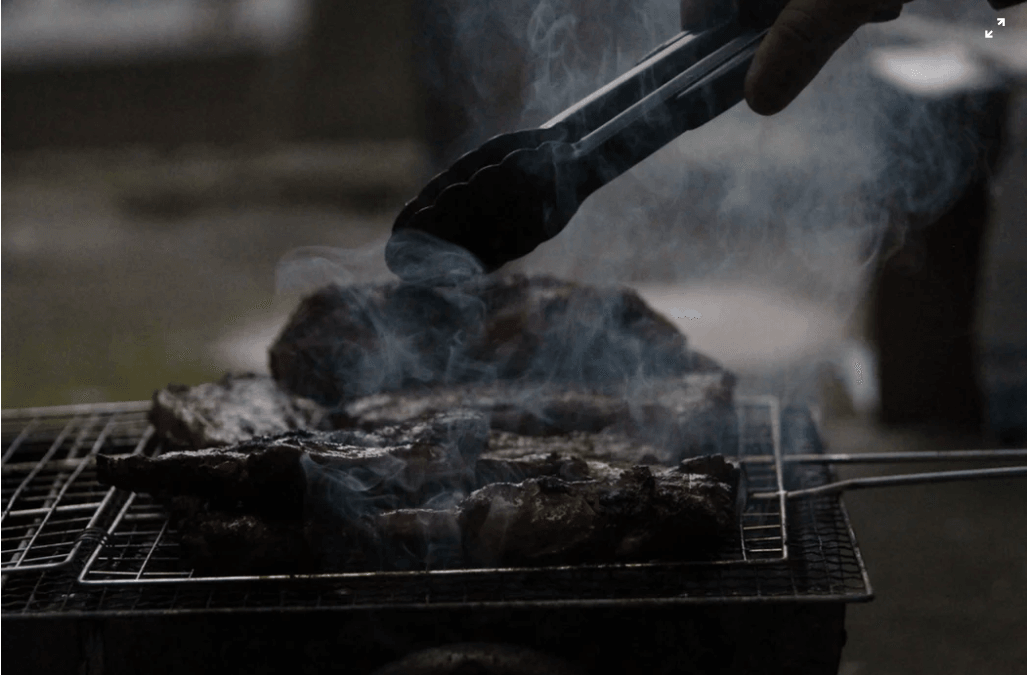When it comes to having an omnivorous diet, careful consideration must always be placed on the preparation of any kind of meat to avoid contracting foodborne illnesses. Some meat, like steaks, can be eaten nearly raw, while others, like chicken, must be cooked completely through to reduce the risk of food poisoning. So how can you be sure you’re always preparing your food in the safest manner while also ensuring that it’s delicious and well-prepared?
Beef
When it comes to beef, the manner in which the meat is prepared dictates how it should be cooked. For example, you would cook a steak differently than you would cook a hamburger because of how bacteria is distributed throughout the meat. If bacteria is present on the outside of the beef prior to preparation, grinding it will cause that bacteria to mix evenly throughout, meaning that simply cooking the surface of the hamburger won’t be enough to kill any food pathogens. This is why burgers must be cooked to an internal temperature of 160ºF to ensure that bacteria is killed all the way through. If you were to make a steak, on the other hand, any bacteria can be easily killed by cooking the meat’s surface — this is why “blue steaks,” or steaks seared on the outside and raw on the inside — are safe to consume.
Chicken/Poultry
Chicken, and poultry in general, is one kind meat that you need to ensure is properly and completely cooked all the way through to avoid contamination and illness. All chicken and turkey must be cooked to an internal temperature of 165ºF, or else you risk exposure to salmonella and other foodborne illnesses. Avoid any potential illness by always handling raw chicken with care, washing your hands after preparation, and making sure to wash every surface that it touches thoroughly.
Fish
When it comes to cooking fish, the “ten-minute rule” is a good guide to follow to ensure safe cooking: measure the thickest point of the fish and cook it 10 minutes per inch, turning over halfway through cooking time, making sure the internal temperature reaches 145ºF. You can also check the ‘doneness’ of the fish by cutting into the thickest part and checking the texture; if the fish is properly cooked, it will be opaque and easily flake off when touched with a fork.
Pork
For many years, pork was consistently overcooked across the board to eliminate the risk of trichinosis, a food borne illness found in pork. The USDA recommended cooking pork until it reaches an internal temperature of 160ºF to kill any internal bacteria, but lately medium-rare pork, cooked to an internal temperature of 145ºF, has become a trend. While this shift has many people worrying that the meat is no longer safe to consume, the bacteria that causes trichinosis is killed at 137ºF, meaning that medium rare pork is perfectly safe to consume. The important thing is that you heat it enough to kill bacteria all the way through.

